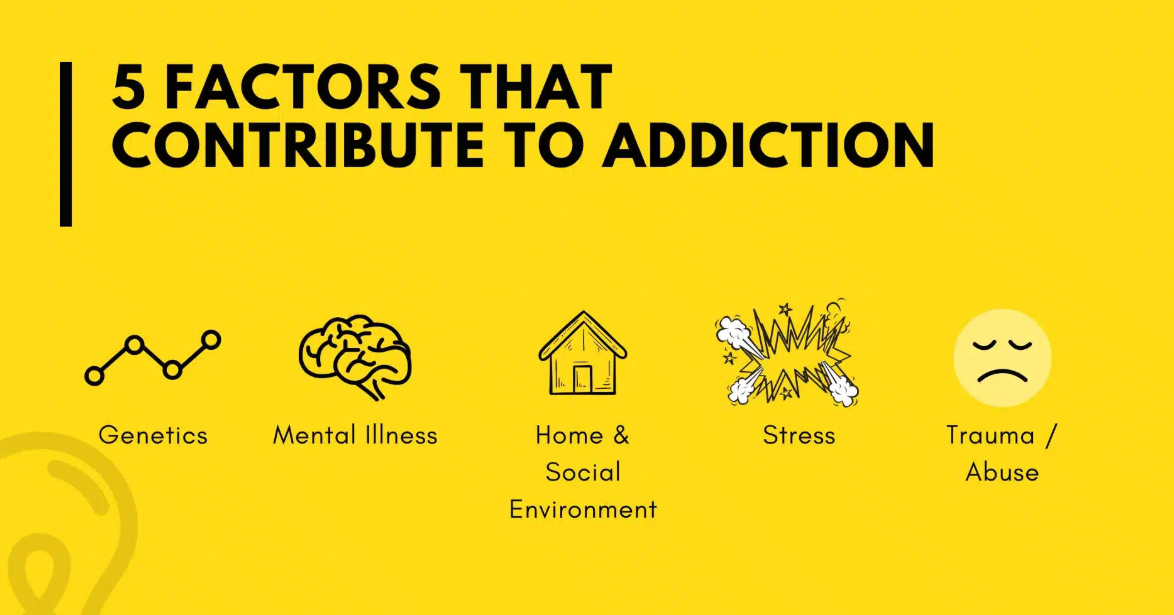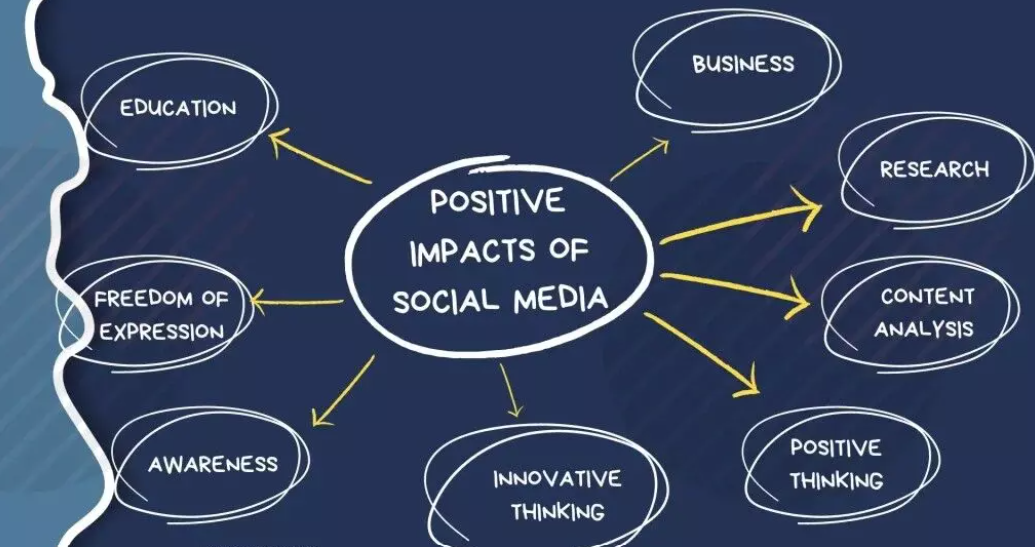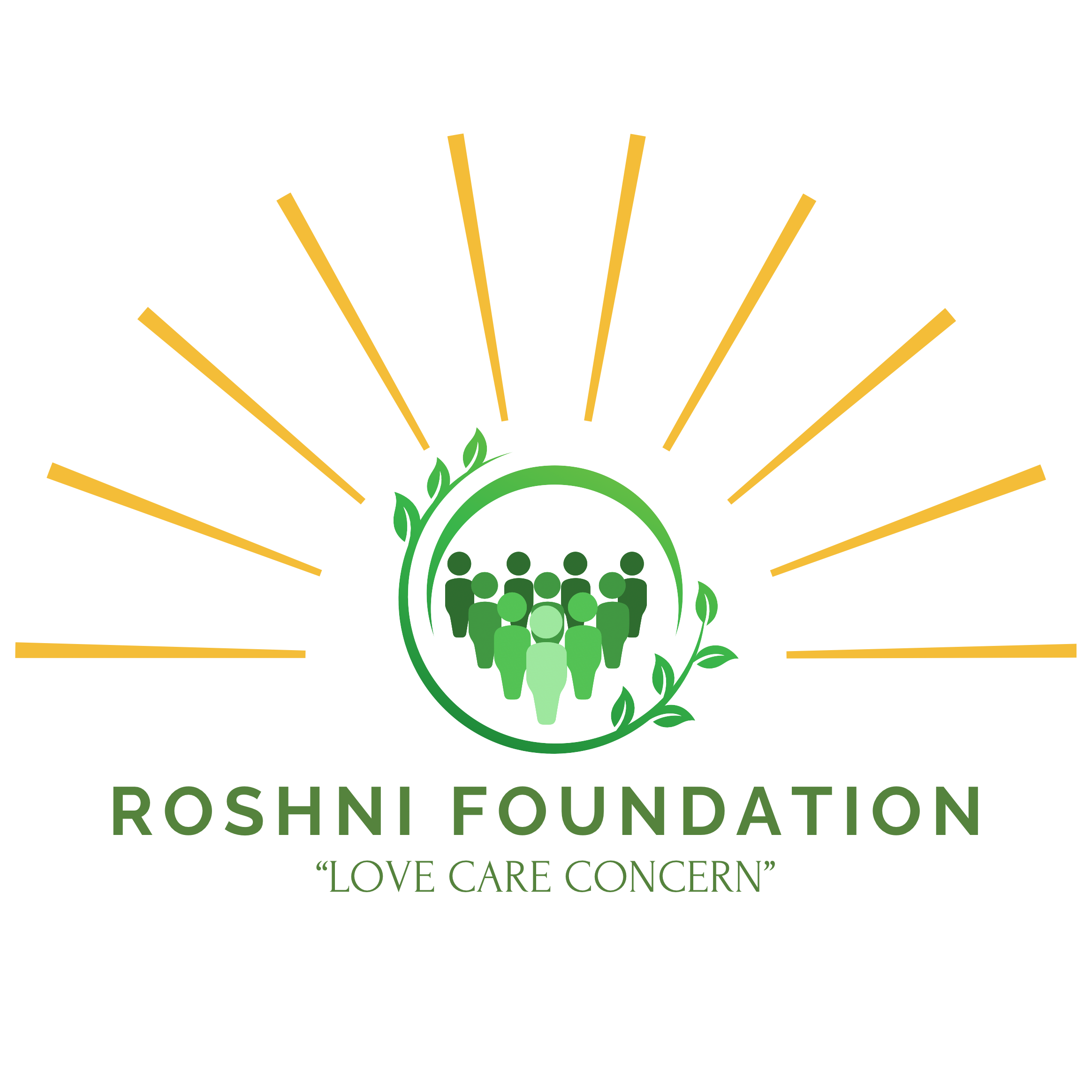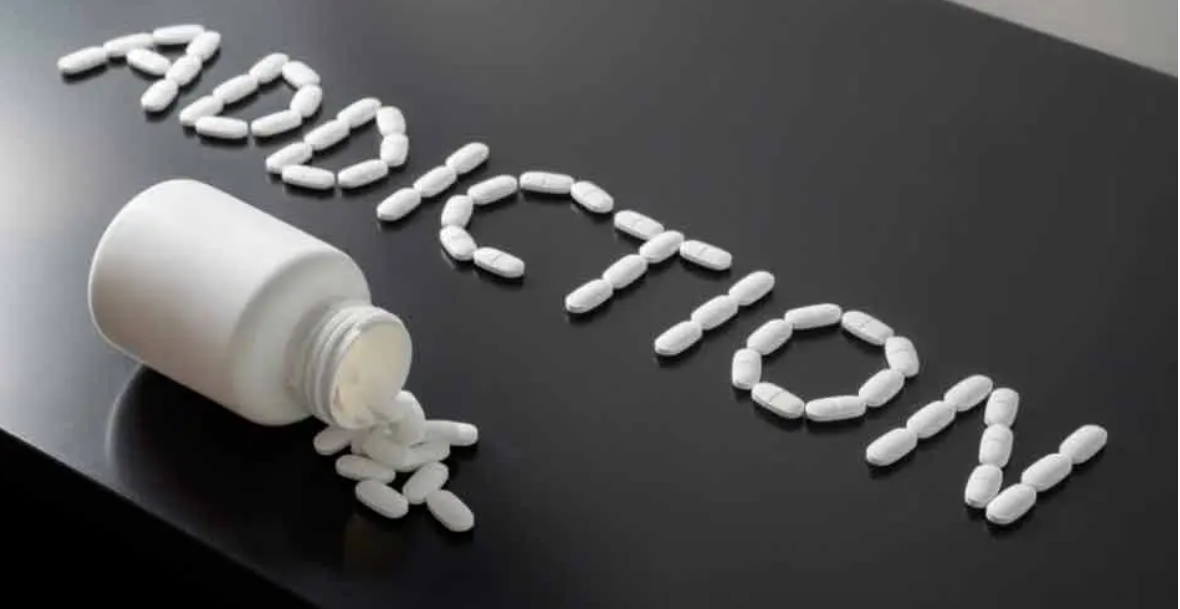The rise of modern medicine has brought about numerous advancements, especially in pain management. Painkillers are among the most frequently prescribed medications used to treat everything from post-surgery discomfort to chronic pain conditions. However, what begins as a legitimate medical treatment can evolve into a dangerous dependency. This is the reality of painkiller addiction, a growing concern globally and particularly in developing healthcare systems.
At Roshni Foundation, we have seen the silent evolution of addiction in patients who initially used painkillers under medical guidance. As tolerance builds and psychological reliance forms, many fall into the trap of consistent, non-medical use. Often, individuals and families do not recognize the severity of the problem until it spirals beyond control.
Understanding painkiller addiction is vital to prevention and recovery. It starts with identifying its symptoms and warning signs—often subtle but progressive. This article aims to explore the layers of painkiller dependency, what to watch for, and how early intervention can save lives.
What Exactly Is Painkiller Addiction?
Painkiller addiction occurs when an individual becomes physically or emotionally dependent on opioid-based or other prescription pain-relief medications. These medications, such as oxycodone, codeine, hydrocodone, morphine, and fentanyl, are meant for short-term pain relief. However, their euphoric effects can quickly lead users to misuse them, especially if they struggle with mental health issues, chronic pain, or emotional trauma.
Once addicted, the body and brain begin to crave the drug even in the absence of pain. This compulsive behavior marks the shift from medical use to addiction. As tolerance develops, users often increase the dosage to maintain the same effect, making the dependency stronger and more dangerous over time.
Contributing Factors to the Rise of Painkiller Addiction
Multiple factors contribute to the growing crisis of painkiller addiction. In the past two decades, there has been a significant rise in opioid prescriptions, with some healthcare professionals overprescribing without thorough follow-up. Patients, unaware of the addictive potential, may continue using these drugs longer than necessary.
Another key factor is the widespread belief that prescription medications are “safer” than illegal substances. This myth often prevents people from acknowledging addiction until it severely impacts their lives. In many cases, users start misusing painkillers for emotional reasons—using them as a coping mechanism for anxiety, depression, trauma, or stress.
As detailed by the Centers for Disease Control and Prevention, opioid prescriptions have significantly contributed to the current addiction crisis, which has led to a sharp increase in overdose deaths and health complications. Additional insights can be found at
When societal pressures, untreated mental illness, and access to prescription medications combine, the risk of addiction increases dramatically.

Common Symptoms of Painkiller Addiction
Recognizing painkiller addiction early can prevent severe long-term damage. The initial symptoms might not appear alarming, but they gradually become more pronounced. One of the first signs is a preoccupation with the medication—thinking about the next dose, hiding pills, or expressing anxiety when access is threatened.
Physical symptoms include persistent drowsiness, constipation, nausea, poor coordination, and slowed breathing. Over time, users may show signs of withdrawal when attempting to stop—such as sweating, agitation, muscle pain, or insomnia.
Behavioral changes also become apparent. Individuals may neglect responsibilities, lose interest in hobbies, or isolate themselves socially. Financial strain might occur due to buying medications illicitly, and some even resort to forging prescriptions or doctor shopping.
Advanced Warning Signs of a Deepening Addiction
When painkiller addiction progresses, its impact becomes more obvious and dangerous. Individuals may exhibit extreme mood swings, hostility, paranoia, and a tendency to lie or manipulate others to maintain access to drugs. Physical health deteriorates, with frequent infections, liver or kidney issues, and increased risk of overdose.
Social relationships begin to erode. Friends and family may notice deception, irritability, and loss of interest in previously valued relationships. Career or academic decline is common due to absenteeism, loss of focus, or workplace accidents.
The most serious warning signs include blackouts, unconsciousness, erratic behavior, suicidal ideation, or even unintentional overdoses. These indicators show the urgent need for medical and psychological intervention.
Psychological and Emotional Impact
Beyond the physical signs, painkiller addiction significantly damages emotional and mental health. As the addiction intensifies, individuals often experience anxiety, depression, irritability, and emotional numbness. They may feel trapped in their dependency but powerless to change it.
Over time, the individual becomes emotionally withdrawn, losing the ability to experience pleasure or manage life’s challenges without substances. This leads to a vicious cycle, where the drug is used to escape the psychological distress it causes.
Shame, guilt, and self-hate become common, especially when personal or professional failures pile up. In severe cases, individuals may engage in self-harm or suicidal behavior, believing they cannot recover or that they’ve disappointed their loved ones beyond repair.
Social, Family, and Professional Consequences
Addiction does not just affect the user—it impacts everyone around them. Family members often feel betrayed, angry, or overwhelmed. Marriages suffer due to a lack of trust or emotional availability. Parents may struggle to help their addicted children without enabling them, while children of addicted parents may develop trauma or behavioral disorders.
In professional settings, painkiller addiction can result in job loss, demotion, or legal consequences. Colleagues may notice poor performance, erratic behavior, or unexplained absences. Addicted professionals, especially in high-stakes fields like healthcare or law, may face additional scrutiny and severe career repercussions.
Socially, stigma and isolation worsen the situation. Friends may pull away, and the individual may stop participating in social activities, leading to complete isolation, which only feeds the addiction further.

Risks of Self-Treatment or Quitting Abruptly
Some people attempt to stop using painkillers without medical assistance. While the desire to quit is commendable, abruptly stopping use can result in intense withdrawal symptoms. These include sweating, tremors, nausea, insomnia, hallucinations, and severe depression.
In some cases, unsupervised detox can lead to seizures or cardiac arrest, especially if the user has been addicted for a long time. This makes professional treatment essential.
Roshni Foundation recommends a structured detox and rehabilitation program for those battling painkiller addiction. Our approach focuses on medically assisted detox, psychological therapy, and long-term lifestyle changes to ensure a lasting recovery.
Psychological Counseling and Long-Term Recovery
Effective treatment for painkiller addiction must go beyond detox. Psychological therapy is critical in uncovering the root causes behind substance use. At the Roshni Foundation, we integrate evidence-based therapies such as Cognitive Behavioral Therapy (CBT), Motivational Interviewing (MI), and group therapy sessions.
CBT helps individuals identify thought patterns that lead to drug-seeking behavior. Group therapy, on the other hand, provides shared learning and peer support. Family counseling helps rebuild trust and encourages loved ones to participate actively in the recovery process.
Post-rehab, continued support is crucial. Relapse prevention strategies, regular counseling, and participation in support groups help reinforce a drug-free life.
Life After Addiction: A Chance for Renewal
Recovery from painkiller addiction is a journey that doesn’t end with detox. It involves rebuilding health, identity, and purpose. Many individuals find new meaning in activities they once abandoned—creative hobbies, physical fitness, volunteering, or pursuing education and career goals.
Vocational training and skill-building are essential for reintegration into society. Emotional well-being is supported by building new, healthy relationships and learning stress management techniques.
Each recovery story is unique. What’s important is consistent effort, a support system, and belief in the possibility of change. Success lies not in avoiding setbacks but in learning to rise from them stronger and more determined.
Prevention Is the First Line of Defense
Preventing painkiller addiction starts with awareness. Doctors must educate patients on the addictive potential of painkillers and offer alternatives when appropriate. Pain management programs that focus on physiotherapy, yoga, acupuncture, or non-opioid medications should be encouraged.
Schools, colleges, and community organizations must run awareness campaigns that talk openly about the risks of prescription drug misuse. Parents can make a difference by talking to children about substance use early and maintaining open lines of communication.
By making prevention a priority, we can address the addiction crisis before it takes hold.

Conclusion
Painkiller addiction is a severe but treatable condition. Recognizing the symptoms early and seeking timely help can dramatically improve outcomes. Whether you or a loved one is struggling, remember that support is available and recovery is always possible.
For those seeking compassionate, professional care, the best de-addiction centre in Dehradun, Roshni Foundation, offers a comprehensive and holistic approach to healing. From medical detox to psychological therapy and aftercare, we walk with you every step of the way toward a life free from addiction.

